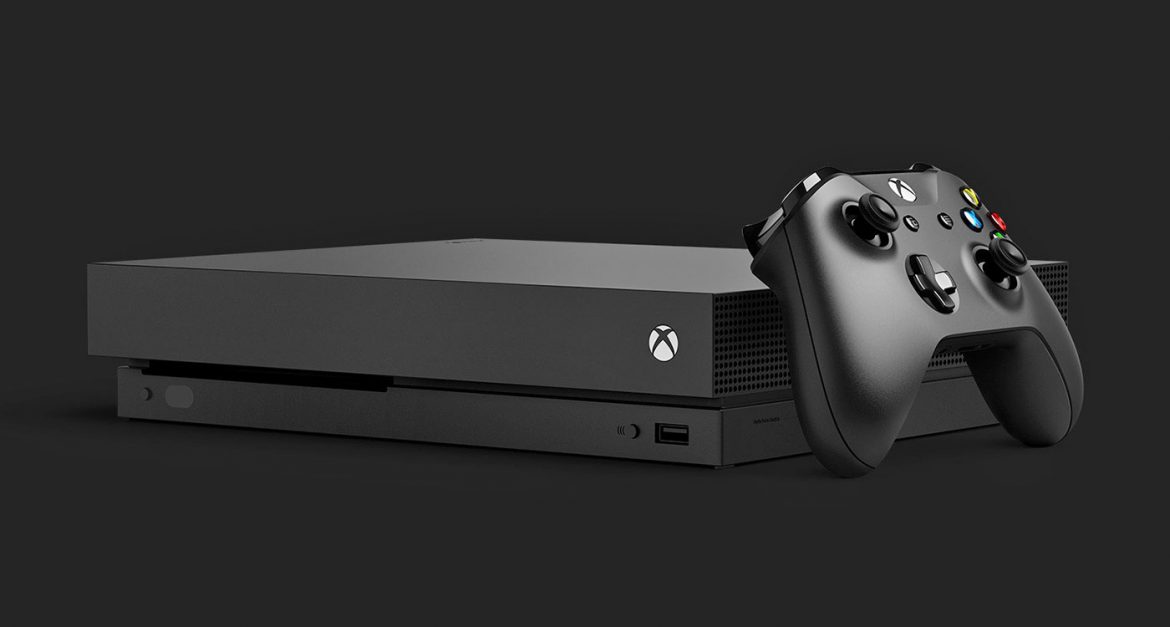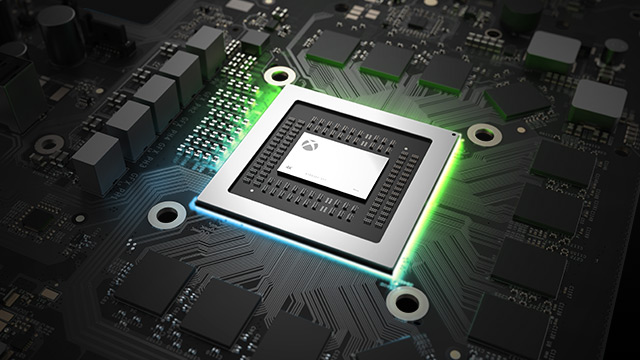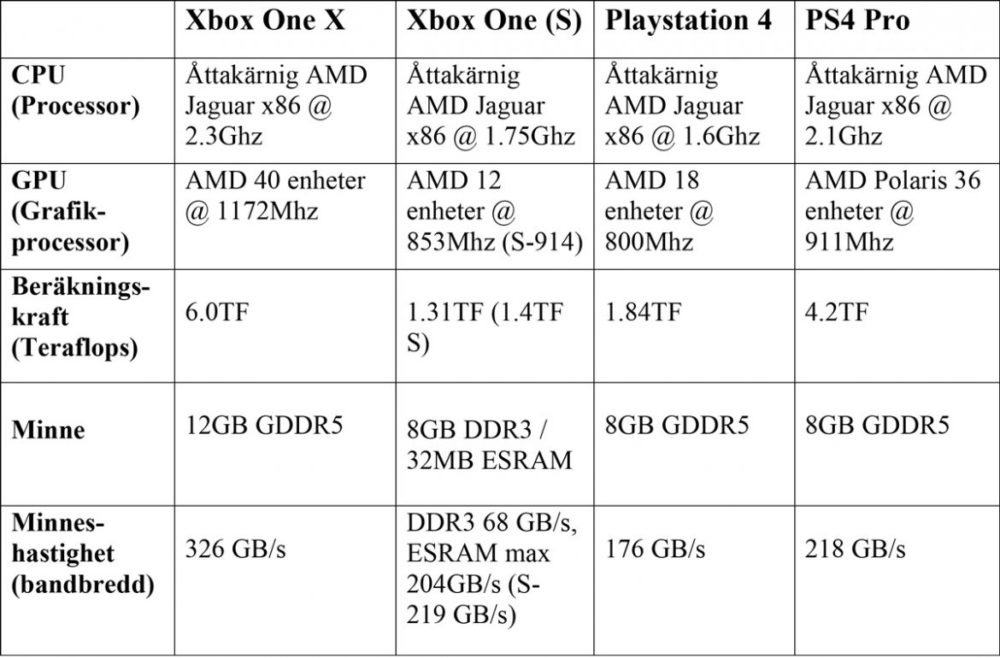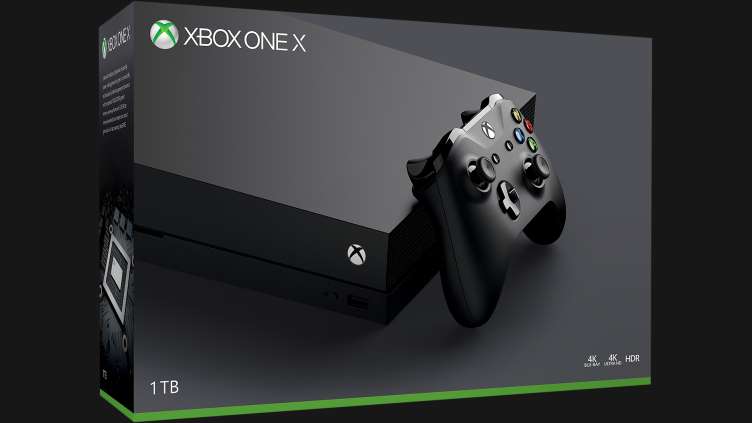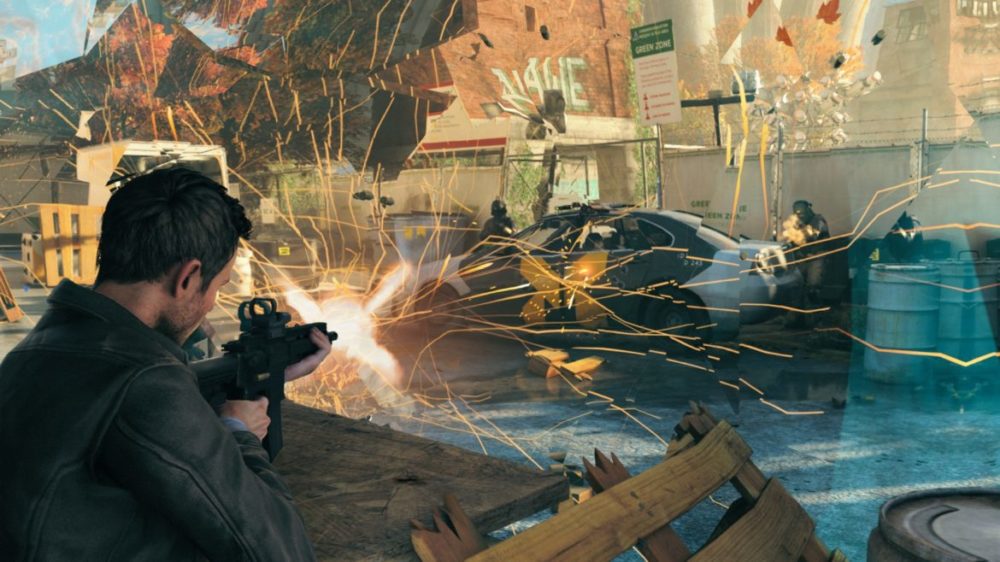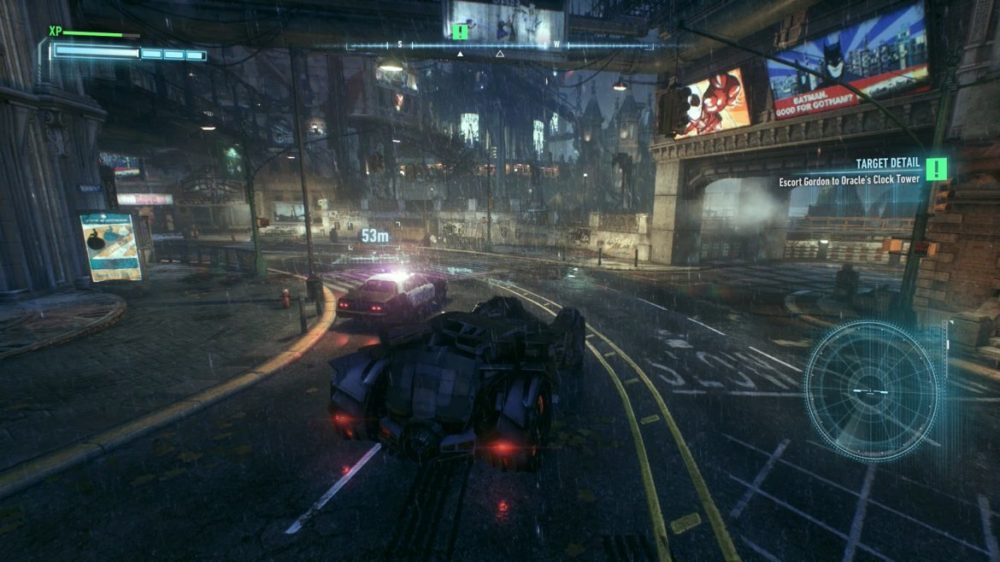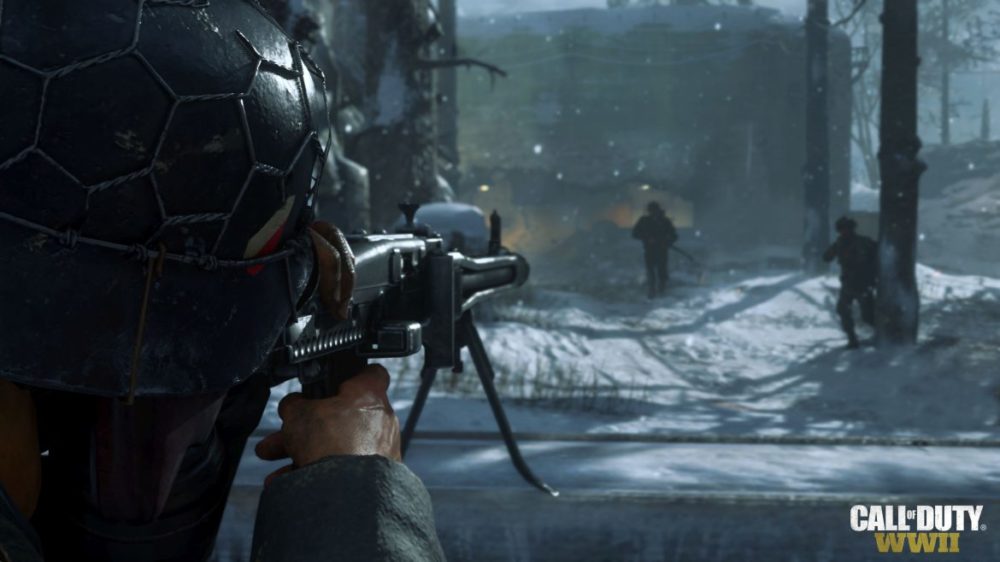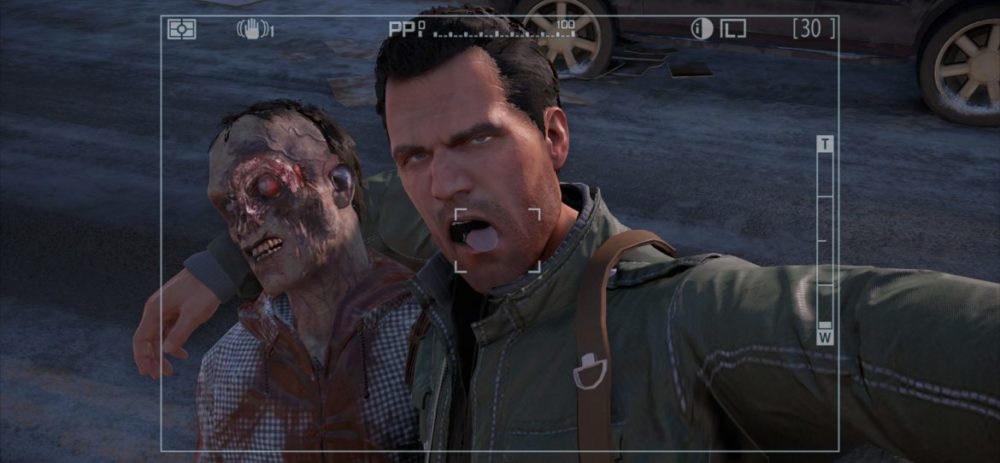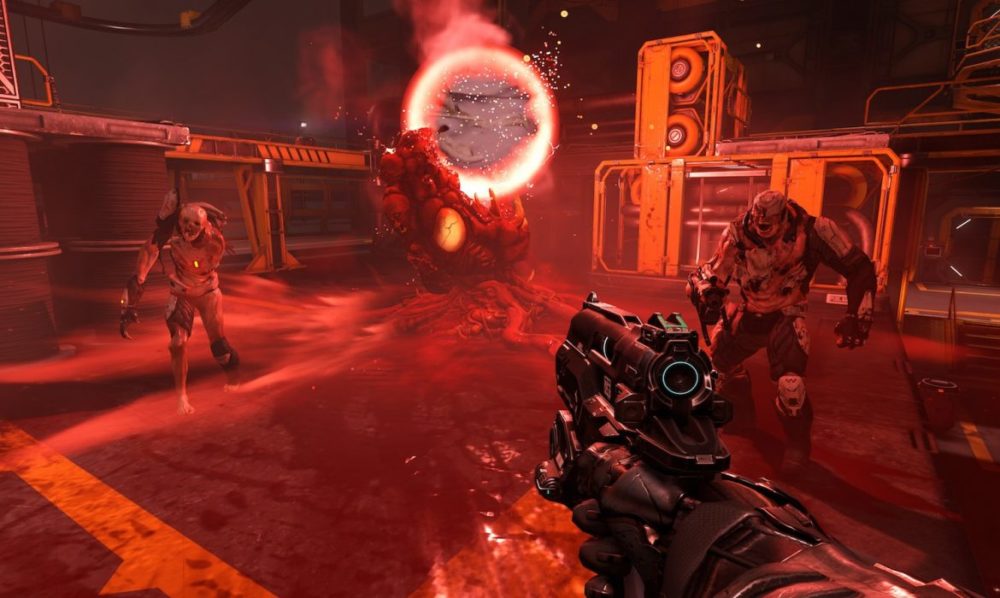TL;DR
Microsoft's Xbox One X is a powerhouse console, significantly outperforming its predecessor and competitors with impressive hardware. While it boasts the capability for true 4K gaming at 60fps with HDR, not all games fully utilize these features yet. Many titles, however, see notable improvements in resolution and frame rates even without specific patches, and older games benefit from enhanced texture filtering and faster loading times. To truly experience the X's potential, a 4K HDR display is essential, and be prepared for substantial game downloads and consider external storage. Read on to see how specific titles perform!
This article was initially published on 2017-11-07. For reviews of games with subsequent Xbox One X enhancements, please consult our review archive.
Readers of senses.se are accustomed to finding in-depth analyses of new hardware and games here first. (For instance, we were among the first in Sweden to review the iPhone X and the AI robot Cozmo.) The official embargo on publishing any information about the Xbox One X lifted on Friday, November 3rd – four days before its official release. Following that, many online reviews primarily stated that they “couldn’t comment extensively on the machine’s actual performance because optimized patches for most games hadn’t been released,” with some arriving as late as launch day. Consequently, we opted to prioritize comprehensive testing over being first. We dedicated an extensive number of hours over a week to downloading significant patches to provide you with a detailed assessment of the Xbox One X and the resulting improvements in game visuals and performance. Join us for an in-depth exploration.
The period of 2017-2018 marks an important juncture for Xbox. Microsoft’s console is a major player in the gaming market, a position it has held since the “three-front war” commenced on November 15, 2001, nearly 16 years ago. In the prior console generation, the competition was closely contested. Microsoft arguably “won” that round with the popular Xbox 360, outselling Sony’s PS3 by approximately half a million units. Meanwhile, Nintendo appeared to falter with the Wii U, which struggled to gain significant sales momentum throughout its lifespan (selling approximately 13.5 million units compared to Nintendo’s 84 million). However, the current generation has seen a shift in the balance of power. Sony has established a commanding lead with its PS4 (already approaching 70 million units sold and potentially doubling that number during its life cycle). Nintendo made a strong resurgence in March of this year with the release of the Switch. In contrast, Microsoft has faced challenges with the Xbox One. Following a somewhat uninspired launch in 2013, preceding the Playstation 4, Microsoft focused on positioning the Xbox One as an “entertainment hub” that heavily relied on the now-discontinued Kinect camera. This resulted in a higher price point and, concurrently, lower performance compared to the PS4. Furthermore, its release was delayed by almost a year in several regions, including Sweden. Besides the later launch and reduced sales figures (Microsoft no longer releases official sales data, but expert estimates suggest approximately half of Sony’s units sold), Xbox has also encountered difficulties in producing compelling exclusive titles. True Xbox-exclusive titles are now largely nonexistent, with most releases also available on the Windows platform. Simultaneously, several promising exclusive projects have been canceled (Scalebound, Fable Legends, etc.). Microsoft requires a display of strength and a renewed sense of direction.
In August 2016, the company took a positive step with the release of the improved Xbox One S. This redesigned console addressed several user requests and was well-received. The Kinect camera was effectively retired. The original Xbox One resembled a bulky, black hybrid of a VHS player and an espresso machine, complete with an external power brick. The Xbox One S featured a snow-white color scheme, a 40% reduction in size, an integrated power adapter, and a slight performance increase (due to a faster graphics card, albeit marginal). The S model supported 4K upscaling, HDR display, and an integrated Ultra HD Blu-ray player. While not the market’s most sophisticated, the inclusion of a UHD player was a valuable addition to a device that cost less than a standalone player and also played Xbox One, Xbox 360, and original Xbox games. Overall, it was a highly competent all-around home entertainment device.
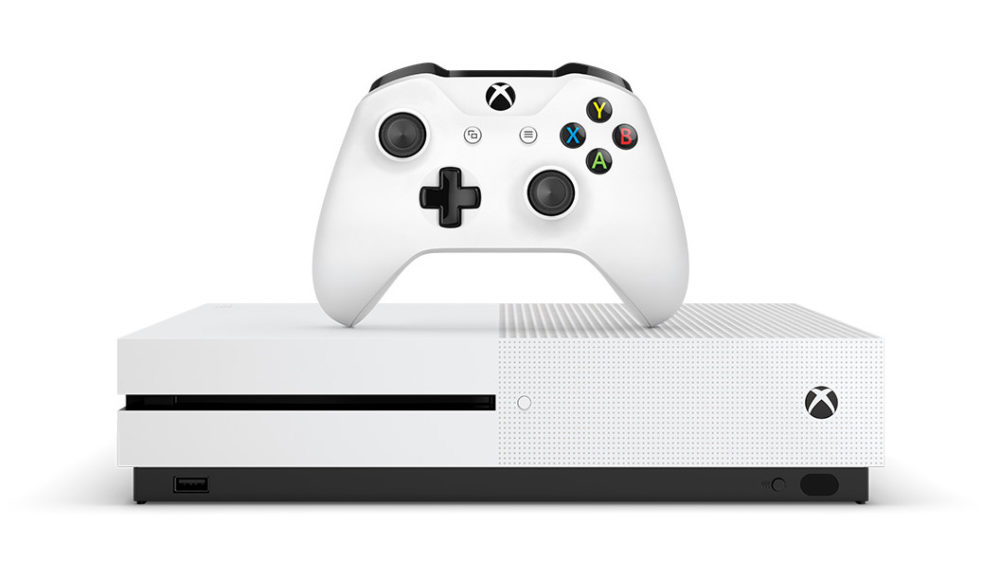
Xbox One S represented a significant improvement across the board and remains a worthwhile console with a UHD player.
The Xbox One X is a substantial upgrade to the specifications of the Xbox One S, and it’s Microsoft’s answer to Sony’s move to create an enhanced version of the PS4 mid-cycle. The PS4 Pro, released in November 2016, is the name of Sony’s upgraded console. Given that Microsoft had an additional year in development, the Xbox One X, as anticipated, exceeds the PS4 Pro’s specifications by a notable margin (see the comparative table below). However, Microsoft also emphasizes that the Xbox One X is targeted towards hardcore enthusiasts, while the Xbox One S remains their primary focus and the mainstream option for families and casual gamers.
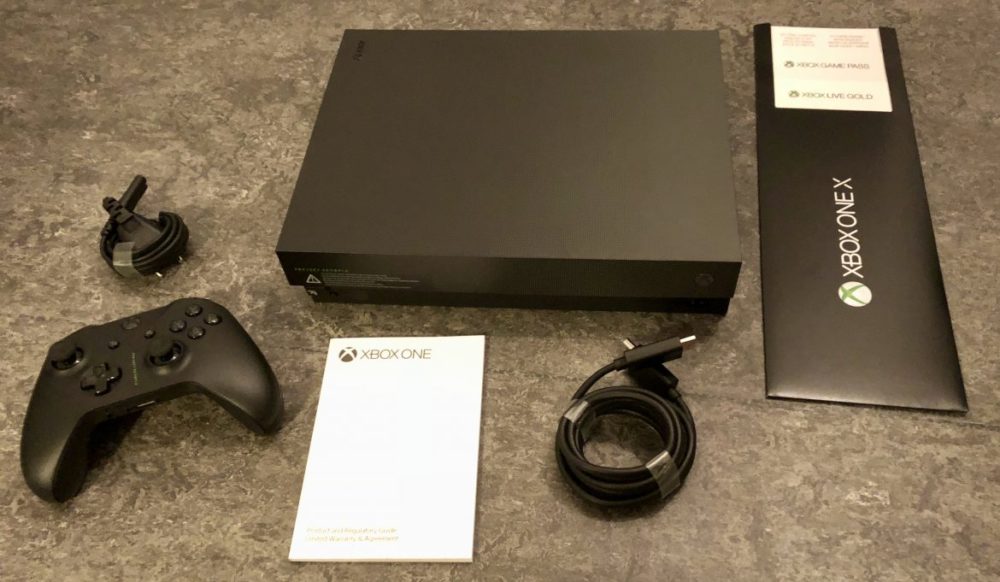
The Xbox One X package contents. The HDMI cable has a reasonable length; otherwise, there are no immediate surprises (the limited Project Scorpio edition includes a stand).
The Xbox One X is a true powerhouse, yet it feels even more compact. The Xbox One has evolved from being arguably the market’s least aesthetically pleasing console to its most stylish and powerful. The well-designed enclosure houses advanced technology and vapor cooling (not water cooling, as some media outlets have erroneously reported). The console weighs a substantial four kilograms, which feels particularly dense due to its compact design. The Xbox One X can draw up to 175W of power under peak load. However, it remains surprisingly quiet given the processing and cooling demands, which suggests the use of high-quality components.
The technical specifications of the Xbox One X are detailed below:
The Xbox One X clearly surpasses its competition in terms of performance metrics. While direct comparisons of clock frequencies (GHz) can be misleading due to architectural differences in the AMD-based processors, the figures still provide an indication of the relative performance, particularly regarding the speed increases in each of the eight processor cores. It’s hardly surprising that the Xbox One X significantly outperforms the four-year-old PS4 and Xbox One. However, its nearly 50% increase in computing capacity compared to its closest competitor, the year-old PS4 Pro (6 versus 4.2 teraflops), is noteworthy. But what do these specifications translate to in actual usage?
4K, 60 fps, and HDR in All Games on Xbox One X – A Reality?
The Xbox One X starts with a dramatic boot sequence, a bombastic welcome screen accompanied by a powerful bass drum that enlivens the entire home theater system. “True 4K gaming is here,” it proclaims with confidence. (Refer to this article for a deeper understanding of 4K and HDR technologies.) The Xbox One S could upscale games to 4K, similar to how 4K TVs upscale Full HD content. In certain instances, Sony’s PS4 Pro can achieve native 4K resolution, such as in FIFA 18. However, more often the machine is capable of displaying graphics “up to 4K”, where the maximum resolution of 3840x2160p (considered true 4K) might be 1440p or higher. Any resolution above 1080p is considered a form of dynamic enhancement and can vary during gameplay. Does this mean the Xbox One X will display and convert all games to true 4K? Unfortunately, the answer is no.
Experienced gamers might have observed the “Xbox One X Enhanced” label on the packaging of new Xbox One games. This signifies that the game has received, or will receive, a patch to optimize its visuals on the Xbox One X.
The Xbox One X enhancement can address one, several, or all of the following three areas:
1) “Enhanced resolution” (up to true 4K, although anything exceeding Full HD (1080p) qualifies as “enhanced”)
2) Frame rate (up to 60 fps)
3) HDR support (10-bit color) for improved color and lighting.
Ideally, all three enhancements would be present. Currently, this is not the case. The only Xbox One games that fully implement all three features are Microsoft’s own Forza Motorsport 7 and 2K’s NBA 2K18, both excellent examples of what the Xbox One X can achieve. Otherwise, the level of improvements varies, with some unexpected results.
It’s worth noting that Xbox engineers have achieved a significant accomplishment that Sony hasn’t fully replicated: the Xbox One X delivers enhanced performance in most games, including older Xbox 360 and Xbox games, even without specific patches. For instance, all games benefit from 16x anisotropic filtering, a technique that improves the quality of textures. This results in a noticeable enhancement in image quality, similar to upgrading a PC – everything looks better. Sony has expressed concerns that running older games on newer hardware can lead to unforeseen bugs, which is a valid point. However, based on our observations, the improvements on Xbox One X are consistently positive. (Sony has also implemented a “boost mode” on the PS4 Pro that offers slightly improved performance in certain games without requiring specific patches.) Classic titles like Elder Scrolls 3 and 4 can now utilize the game’s engine to render at higher resolutions, providing a level of visual fidelity that the original developers couldn’t have anticipated. Data processing and loading times are also significantly improved, potentially reducing loading times by a minute or more in expansive games like The Witcher 3. This is impressive engineering. Those with extensive Xbox game libraries have reason to be excited.
However, it’s important to manage expectations. Older 720p and 900p games running at 30 fps won’t magically receive significantly improved graphics and doubled frame rates on the Xbox One X. That requires a dedicated patch. Games with dynamic resolution scaling are more likely to benefit from noticeable improvements without a patch. (We’ll provide examples below.) The Xbox One X should be viewed as a guarantee that games will more consistently achieve their intended specifications. For example, maintaining a stable frame rate at a target resolution (such as 900p at 30fps), which can be problematic in The Witcher 3 on the standard Xbox One. The Witcher 3 has since received an X Enhanced patch which elevates it above all other console versions.
Similar to the PS4 Pro, no Xbox One game will be exclusive to the Xbox One X. Therefore, there’s a technical ceiling on the extent of potential improvements. However, the visual presentation of individual games can be significantly enhanced if the developer releases dedicated updates with high-resolution assets. The Xbox One X utilizes forced V-sync to prevent screen tearing during unexpected frame rate fluctuations. This provides greater control over the visual experience, but can also negatively affect performance by locking the update rate, potentially limiting the number of frames per second. It will be interesting to test the Xbox One X with a FreeSync monitor, as the console supports this technology (and operates at 1440p, according to Microsoft).
Essential Accessories for the Complete Xbox One X Experience
To fully appreciate the 4K and HDR capabilities of the Xbox One X, you’ll need a high-quality display that supports these features. We tested the Xbox One X with this year’s reference TV, the Panasonic OLED EZ950 (as well as the impressions from the 2018/2019 reference TV Panasonic OLED FZ800), an Ultra HD Premium-certified TV that supports the full HDR10 color palette. Since the latest update in 2018, the Xbox One X also supports Dolby Vision HDR and Dolby Atmos audio (similar to the Xbox One S, but requiring a 150 kr license that can be purchased separately or obtained with Atmos headphones). Pairing the Xbox One X with a high-quality display results in a striking improvement in visual fidelity. The graphics processor in the Xbox One X is four times faster than the processor in the Xbox One S, allowing it to handle 4K resolution (four times higher than Full HD) with ease.
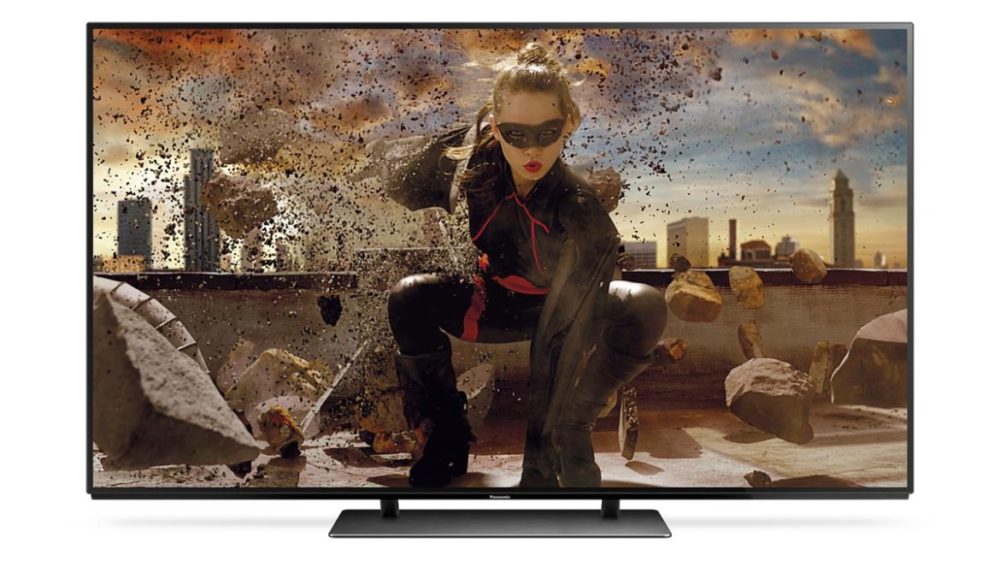
To maximize the potential of the Xbox One X, a high-end 4K TV with HDR is essential. Panasonic’s EZ950 OLED is a top contender (see separate review).
If you use a non-4K display, such as a Full HD TV, you’ll still see improvements in the form of supersampling (sharper objects), similar to the PS4 Pro. However, the overall experience will be less impactful, especially if the TV lacks HDR support. Games will look and perform better, but the upgrade to the Xbox One X might not seem as essential.
Storage Capacity and Download Speeds
Microsoft has released a list of approximately 130 games that will receive special support (patches) for the Xbox One X. The senses.se editorial team has spent considerable time testing as many of these titles as possible. Similar to PC gaming, the Xbox One X requires downloading additional high-resolution texture and video assets, which places considerable demand on your internet connection. After patching, games like Halo 5 can reach a size of 110 GB. Currently, Remedy’s patch for Quantum Break holds the record at 178 GB (including the optional TV series). This can take almost four hours to download using a 100 Mbps connection. Therefore, we strongly recommend a fiber connection of 250 Mbps or higher (as the Xbox service limits download speeds to between 150-200 Mbps). Alternatively, schedule downloads for overnight. While not all patches will be this large, expect to download a significant amount of data for each game that you want to enhance.
This highlights another potential issue: limited storage space. The Xbox One X currently comes with a 1 TB hard drive (although a 2 TB option should be feasible, as it’s available on the Xbox One S). A fast, external hard drive is almost essential. With games ranging from 100-200 GB, the internal hard drive will quickly fill up after installing only a handful of titles. We use the WD Passport Ultra II, which we recommend as an affordable option. However, a high-performance SSD is preferable, offering significantly faster loading times. Unfortunately, there are limited alternatives. You can either install only a few enhanced games at a time or invest in external storage to fully appreciate the improvements (which is the primary reason for purchasing the console).
The Extent of Visual Improvements on the Xbox One X
So, how significantly do Xbox games improve on the Xbox One X? Given that most games experience some degree of enhancement, we’ll focus on modern Xbox One games in this analysis. An exhaustive list that included all Xbox 360 and original Xbox games would be unmanageable. The games are listed alphabetically for ease of navigation.
Note: (Advanced technical information for performance enthusiasts): Games tested that have not received official patches operate in a “backwards compatible” mode, limiting the Xbox One X to approximately 3 teraflops of performance. This still represents an improvement over the base hardware, but it’s not comparable to the console’s full potential. Therefore, dedicated patches are always preferable. The performance of unpatched games depends on whether the game is primarily CPU- or GPU-intensive and whether it supports dynamic scaling.
This list will be updated continuously with impressions of new games as patches are released and new titles arrive at the editorial office. Please check back regularly.
Assassin’s Creed: Unity(No official patch released at time of testing)
If you own the physical edition of AC: Unity on disc, you can potentially run the game with an unlocked frame rate. This results in nearly 100% better performance on the Xbox One X, achieving frame rates near 60 fps compared to only 30 fps on the older hardware. This is quite remarkable. However, AC: Unity is known for its numerous bugs. Running it unpatched may result in a higher frame rate, but also introduce potentially unresolved issues.
Batman: Arkham Knight (No official patch released at time of testing): The game experienced significant lag on the Xbox One, especially while driving through Gotham in the Batmobile. The Xbox One X maintains a consistent 30 fps, although the difference isn’t always significant, as the game was typically close to that target on the original hardware.
Battlefield 1 (No official patch released at time of testing): DICE’s World War I FPS will receive a dedicated patch soon. However, the game engine already renders the game at 1000p with a stable 60 fps. This is promising.
Call of Duty – Infinite Warfare (No official patch released): Achieves a consistently smooth 60 fps without screen tearing, compared to approximately 45 fps on the base hardware. The game also features a built-in engine for upscaling graphics, resulting in a sharper image.
Call of Duty: WW2 (4K & HDR): This year’s Call of Duty is one of the best in recent years, with an excellent single-player mode and record sales in its first three days. The game is not disappointing on the Xbox One X. However, it doesn’t fully achieve 60 fps. But the frame rate is close, and the 4K visuals are excellent. The game also features a well-implemented HDR intensity adjustment that other developers should emulate. This is an essential game to own and a great title to showcase the Xbox One X.
Dead Rising 4 (“Enhanced resolution” & HDR): Despite receiving an official Xbox One X patch, the improvements in visuals and performance in Dead Rising 4 are subtle (although the addition of HDR is appreciated). The resolution is supposed to scale up to 4K, but it rarely seems to exceed 1800p. The zombie-slaying action would have benefited greatly from a 60 fps frame rate. The fact that it does not achieve this is disappointing. We would have gladly accepted a lower resolution of 1440p (or even 1080p) for smoother performance.
Dishonored 2 (Dynamic upscaling to 4K and improved details): Arkane Studios’ atmospheric stealth RPG is more than just a compelling revenge story. It looks noticeably better on the Xbox One X, even if the patch reveals some minor flaws. The game features dynamic upscaling that can reach true 4K in certain moments, but fluctuates during gameplay. Detailed scenes with striking lighting, like the introductory ballroom sequence, are particularly impressive and highlight the potential impact of HDR support. The depth of field, shadows, and details are improved. However, some environments can appear somewhat bland in high resolution, and certain characters can look slightly artificial. Screen tearing still occurs occasionally. But overall, the frame rate is smoother. This is a great game that is best experienced on the Xbox One X.
Doom (No official patch released): Like BF1, Doom delivers higher resolution and a smooth frame rate without requiring the official patch: 1080p at 60 fps. The official patch is rumored to enable 4K at 60 fps, but this remains to be seen.
FIFA 18 (4K & HDR & “up to 6
“””
